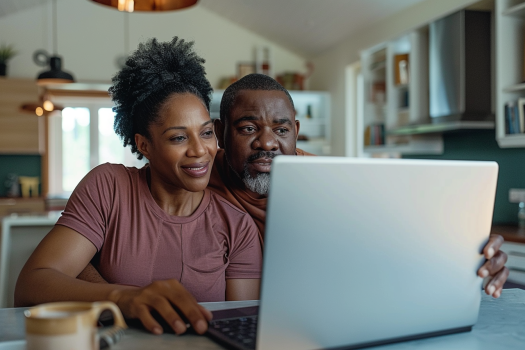From the Events menu option, select the Events tab. From here, a list of your existing events will appear. This overview screen lists all your events and relevant details such as the Date & Time, number of Registered/Interested users, Revenue from ticket sales (if applicable), associated Categories, how many Views an event has, and the current State (Live, Draft, Archived, Upcoming).
Available filtering options on this page include:
To get started, you will have two options when creating an event. By clicking on the Add Event button, you will go through a more complete setup. This includes both event-specific details and customization of the design and layout for the event page.
If customizing the event page isn’t a priority, click on the Quick Add button to enter event-specific details only. Your event’s page will follow a standard page layout by default which can then be changed later on.
In this guide, we will walk through the setup steps for a Single Event. To start, click on the Add Event button.
Following the same steps to setting up a page in CommuniBee, begin by filling out the fields below.
Single Event: a one-off event that has a single start and end date. Example: An annual gala event.
Recurring Event: an event that occurs multiple times and requires registration for each occurrence. Example: A weekly yoga class that requires payment each session.
Bundled Event: an event that occurs multiple times but only requires registration once. Example: A seminar series that runs once a month for several months with a single payment upfront.
Once you have entered the above details, click Save.
Here you can add additional details about this upcoming event that will be displayed on the event page itself, and when shared online.
Provide details on where this event will be hosted. You can include Event Instructions, as well as a Video Conference URL (if your event is online only) or provide a physical address in the Enter Address field.
The Tickets tab is available for events using the Ticketed Event registration style, which allows you to create and manage event tickets. On this tab, you can define the ticket types for your event.
The Ticket Details table offers a centralized, at-a-glance summary of your ticket setup, making it easy to review and manage all ticket types in one place. This table is especially helpful for ensuring your ticket structure is accurate before your event goes live. By reviewing this table, you can quickly confirm pricing, availability, visibility, and capacity—helping you avoid potential setup issues and ensuring a smooth experience for your guests. The table displays the following information:
You can also Reorder ticket types within this table to adjust how they appear to guests on your event page. Keep in mind that any hidden ticket types will not be visible to guests, regardless of their position in the list.
For example, if your ticket order is: General Admission, VIP, Table of 10, and the VIP tickets are currently hidden, guests will only see General Admission and Table of 10. Once the VIP tickets are set to become visible (e.g., on a future date), they will appear in the correct order based on the list—General Admission, VIP, Table of 10.
This section is all about the design of the event’s web page. You can upload images or link to a video that act as the banner for this page. The appearance of your banner can then be configured to create a truly stunning landing page.
Once you are done setting up your media, navigate to the Layout tab to preview your event’s page.
Not only can you preview your page from this tab, but you can also make additional changes to the overall page layout.
To build on this page and add additional sections, follow the steps below:
To rearrange a block, use your mouse and hold left click on it, then drag the block above or below another block. Let go of left click to set the block in place. Learn more about the available page blocks.
With your event’s page fully designed and ready to share to your audience, the Visibility tab is where you make the page visible.
Status
At any time, you can manually update the status of this page. You can also schedule a Publish Date to have this page become visible at a specific date and time. Be sure to switch the status of the page to Live before entering a Publish Date. If you include a Hide After date, this page will automatically switch from Live to Archived at the specified date and time.
With events, you can check off the option to have this event show up on your member’s feeds. If this option is turned on, the event will be visible to everyone, regardless of their specific interest filters.
Additionally, you can categorize and filter the event which will determine where this event will appear. Check out our additional guide on creating event categories.
Lastly, if your event is a part of a larger fundraiser, you can link it to your fundraising campaign via the Link to Fundraising Campaign section. Check out our additional guide on creating fundraising campaigns.


CommuniBee does not display active communities right now. If you are looking to view a specific community, you will need the community’s website URL.
Be sure to check your email to see if you received an invitation to the community; otherwise, you should contact a community admin for access.
Still stuck? Email us at support@communibee.ca